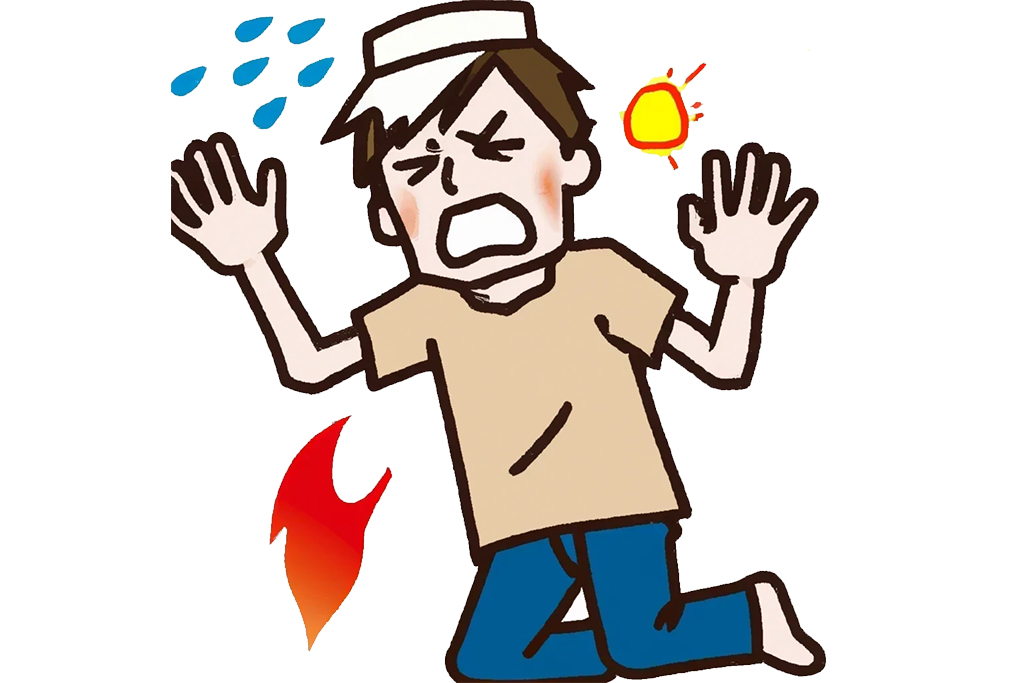- Call us
- +66 2 661 6522
- Location: Bangkok
- type: Home
- Sort by: A to Z
In general, there is often a misconception about the need for insurance coverage of goods in transit. For goods in transit in the country, most product owners assume that any claims can be covered through the shipping company’s insurance, and in that essence, they are not wrong.
What is generally misunderstood is that relying on the aforementioned insurance, known as carrier’s liability, can pose uncertainty should a claim occur. While coverage exists, there is often ambiguity that can cloud the apprehension of what is actually covered and what situation can lead to uncovered claims.
Fundamentally, it is important to understand the objective of a carrier’s liability. Being legally responsible for transporting goods or property, the shipping company assumes a duty of care that goods are delivered safe and on time. Any damages, loss or delay during the transportation process will fall under the legal responsibility of the carrier and hence, insurance is mandatory to fulfill their business tasks as well as financially protecting themselves from such risks.
However, technicalities and minutiae in terms of wordings and exclusions makes it difficult to have coverages tailored to the product owner’s exact needs. While such limitations are outlined in the bill of lading, a legal document establishing an agreement between the carrier and the customer, these coverages are unlikely up to the optimum from the product owner’s perspective.
Similarly to the carrier's liability, inland transit policies provide coverages for risks and perils that may occur during transit, such as theft, damage, loss or accidents. However, the policy is bought by the product owner rather than the shipper. Moreover, the insurer may look at the cause of the claim (whether the carrier is responsible or not) in determining the validation and amount of compensation needed.
Thus, it is important to recognize the value that an inland transit policy can bring:
1. Expanded coverage: Having an inland transit policy allows broader protection, with policy tailored to the needs and risks of the specific goods being transported.
2. Adequate valuation: The true value of the goods transported may not be truly reflected in the carrier’s liability policy. Thus, with an inland transit policy, there is better protection against potential financial losses in the event of a claim
3. Control over insurance terms: Insurance terms and conditions are in the hands of the owner of the goods. For example, coverage limits, deductibles and specific coverage risks can be customized to match the specific requirements of the goods transported.
4. Seamless claims process: Having an inland policy can significantly simplify the claims process. With a carrier’s liability policy, multiple parties are required to agree and can provide a stumbling block in providing efficient resolution and reimbursement.
5. Additional peace of mind: Having insurance should give you a peace of mind. With inland insurance, the buffer is enlarged, alleviating any concerns about financial losses and allows the continuity of proceeding with core business activities.
Education
Part of the current issue might concern the lack of knowledge of optimal insurance solutions, but a crucial learning development is to always take a holistic approach in understanding the risk exposures that my financially impact you. And if there is still confusion, consulting those with industry knowledge is always recommended.







